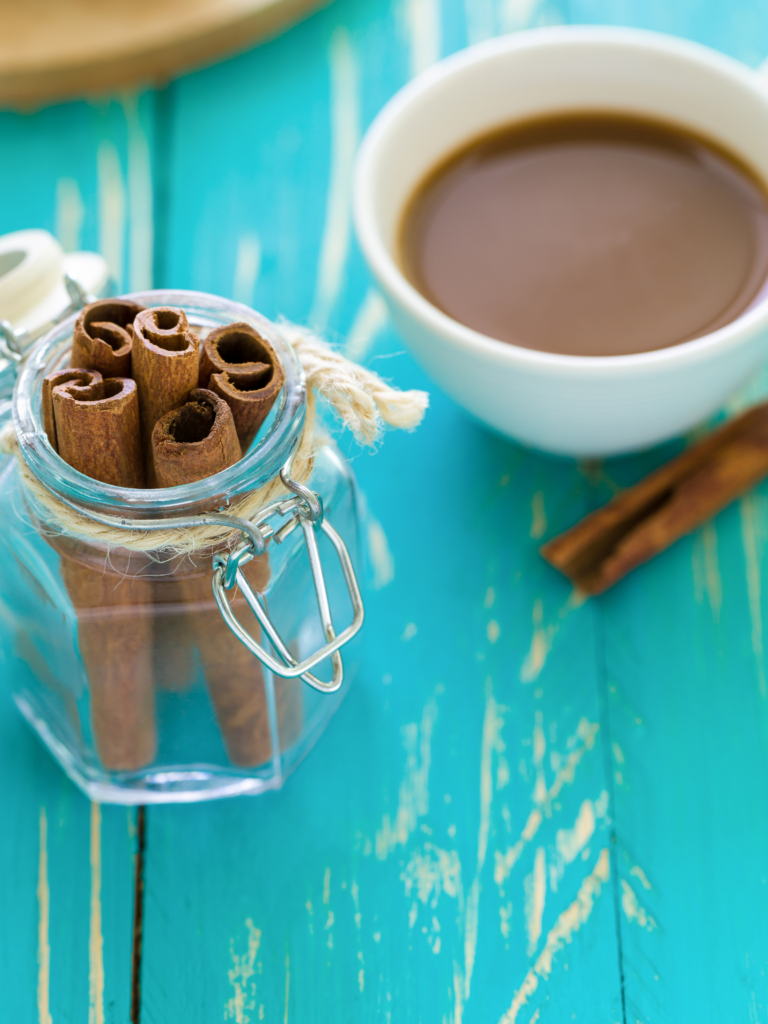Diabetes: Balancing Blood Sugar
What is diabetes?
Diabetes is a chronic health condition that affects how your body turns food into energy. Typically when you eat a meal, your body breaks the food down into sugars (or glucose) and releases these sugars into the bloodstream. When the level of sugar in the blood goes up, it tells your pancreas – the organ just behind the stomach – to release a hormone called insulin. Insulin helps the body to use the sugar for energy.
When you have diabetes, your body isn’t making enough insulin or it can’t use the insulin it is making in the right way. This means that the sugar stays in the bloodstream at high levels and isn’t used and is not moved into cells for energy use.
Types of Diabetes
There are three types of diabetes: type 1, type 2, and gestational diabetes (a type of diabetes that occurs during pregnancy). Type 1 diabetes is much less common and is often diagnosed in childhood. Type 1 diabetes is thought to be the result of an autoimmune reaction, where the body is attacking itself by mistake, causing the body to stop making insulin. Type 2 diabetes is much more common, affecting over 90% of the people with diabetes. This type of diabetes develops more slowly over time and is often diagnosed in adulthood. Type 2 diabetes can usually be prevented with lifestyle habits like healthy eating, exercise, and weight loss.
In the United States, more than 1 in 3 people also have a condition called prediabetes, which signals a very high risk for developing type 2 diabetes. With prediabetes, blood sugar levels are higher than normal, but not yet high enough to be diagnosed as diabetes. If you are experiencing prediabetes, healthy lifestyle changes like healthy eating and exercise can often reverse it and prevent further onset of type 2 diabetes.
Nutritional Considerations
Diabetes is a diet-treated illness, meaning that your daily diet is very important to managing the symptoms of the disease and preventing more serious health issues. It also means that by adopting some healthy eating habits, you can start to feel healthier. While there are different types of diabetes, there are a handful of recommendations that can be applied to both managing diabetes symptoms or preventing diabetes if you are at higher risk and experiencing prediabetes. Below are some of the ways that paying attention to food and drink choices can support you in managing diabetes or prediabetes.
Managing your Blood Sugar
The name of the game with prediabetes and diabetes is blood sugar balance. Each time you eat carbohydrates, found in sugar, rice, bread, and even high in some fruits and vegetables, your blood sugar rises. The rate of the rise is in response to the foods you eat as well as your body’s unique metabolism. Keeping your blood sugar balanced throughout the day can help to prevent and manage diabetes, but it can also help to prevent other chronic health conditions like heart disease and kidney disease.
Balancing blood sugar also impacts your mood and energy levels throughout the day. Ever hear the term ‘sugar crash’? This phrase describes how the body feels about 1-2 hours after eating a lot of sugary foods or drinks like candy and soda. Blood sugar levels rise quickly and then fall dramatically, resulting in feelings of low energy and even a bad mood.
When blood sugar levels are too high, it is called hyperglycemia. Exercising can help lower blood sugar levels, as well as consuming 2 Tablespoons of apple cider vinegar each day – try adding it to salad dressing or drinking water. Another simple way to help balance blood sugar levels is to include about ¼ teaspoon of cinnamon into your daily diet. Cinnamon can be added to cereal, coffee, yogurt, smoothies, and more.
Blood sugar levels can also be too low, which is known as hypoglycemia. This can happen if you miss a meal or don’t eat enough throughout the day, causing feelings of dizziness, shaking, confusion, sweating, or feeling faint. If you’re experiencing any of these symptoms of hypoglycemia and have access to a blood sugar or glucose monitor, take your blood sugar level to determine your status. If you don’t have a glucose monitor, eating fast-acting carbs will help to quickly raise your blood sugar to avoid dangerously low blood sugar. Fast-acting carbs include sweeter foods without added protein or fiber, like fruit juice. Once your blood sugar returns to normal, either determined through a monitor reading or starting to feel better, you can eat a more balanced snack to steady your blood sugar.
Carbohydrates
There are three types of carbohydrates: sugars, starches, and fiber. While sugars and starches (from sugary beverages, candy, soda, rice, bread, etc.) raise your blood sugar when eaten, fiber does not. Fiber is found in fruits, vegetables, and whole grains. Take an apple for example. Apple juice, where the fiber from the skin and the fruit is stripped away, will quickly raise your blood sugar. But if you eat a whole apple, with skin and fruit intact, it will not have the same effect – blood sugar will rise more slowly and stay more balanced without such a big spike due to the fiber content. It’s recommended that people with diabetes consume half of their calories from carbs. Eating around the same amount of carbs at each meal will also help to “train” your blood sugar and keep it more steady.
Eating at Regular Times
Eating meals at regular times each day about 4-5 hours apart– for example, having breakfast at 8AM each morning, lunch at 1PM each day, and dinner around 6PM each evening – helps to keep blood sugar levels stabilized. In addition, eating within 90 minutes of waking in the morning and eating an evening snack can also be helpful, as it’s recommended to avoid going too long without eating – as will happen with an overnight fast while you’re sleeping. A snack with about 15-30 grams of carbohydrates combined with a low-fat protein will prevent the liver from releasing its stored glucose overnight. A good snack could be a hard-boiled egg, a handful of nuts, or a few olives.
Limiting sugary beverages and alcohol
Sugar-sweetened beverages and alcohol are often high in sugar and don’t contain other nutritional benefits. While some beverages like soda are very high in sugar and should be avoided especially for people with diabetes, other sweeter beverages that are better options would be lightly sweetened iced tea, lemonade, or even water with some fruit in it, like lemons, limes, or strawberries if you’re in the mood for something a bit more exciting than plain water.
Tracking food and drink
Tracking food and drink consumption, as well as physical exercise, can be a helpful way to keep track of your lifestyle habits. If you are aiming to reach a goal, this can document your progress. If you take your blood sugar levels and are seeing a number that is out of the norm, you can look back to see what you may have eaten or drunk to cause the spike or decrease. This will also help serve as a future reminder so you know what triggers your blood sugar to spike or stay balanced. Tracking what you’re eating and drinking, and the exercise that you’re doing, can also come in handy when speaking with a doctor or dietitian. They can help to make suggestions based on your daily habits that will be more helpful in the long run than if you had given a more general sense of your food and drink habits.
**As with any recommendations, it’s important to speak to a doctor or dietitian specializing in diabetes before changing your habits. Based on medical history, medications, and other factors, what may work for one person will need some adjusting for another.



